 Movies and TV
Movies and TV  Movies and TV
Movies and TV  Creepy
Creepy 10 Lesser-Known Shapeshifter Legends from Around the World
 Animals
Animals 10 Amazing Animal Tales from the Ancient World
 Gaming
Gaming 10 Game Characters Everyone Hated Playing
 Books
Books 10 Famous Writers Who Were Hypocritical
 Humans
Humans 10 of the World’s Toughest Puzzles Solved in Record Time
 Mysteries
Mysteries 10 Scientific Mysteries We Don’t Fully Understand
 Weird Stuff
Weird Stuff 10 Celebrities Who Have Admitted to Alien Encounters
 Our World
Our World 10 Surprising Secrets of Notre Dame Cathedral
 Miscellaneous
Miscellaneous 10 Intriguing Origins of Popular Carnival Rides
 Movies and TV
Movies and TV 10 Actors Dragged out of Retirement for One Key Role
 Creepy
Creepy 10 Lesser-Known Shapeshifter Legends from Around the World
 Animals
Animals 10 Amazing Animal Tales from the Ancient World
Who's Behind Listverse?

Jamie Frater
Head Editor
Jamie founded Listverse due to an insatiable desire to share fascinating, obscure, and bizarre facts. He has been a guest speaker on numerous national radio and television stations and is a five time published author.
More About Us Gaming
Gaming 10 Game Characters Everyone Hated Playing
 Books
Books 10 Famous Writers Who Were Hypocritical
 Humans
Humans 10 of the World’s Toughest Puzzles Solved in Record Time
 Mysteries
Mysteries 10 Scientific Mysteries We Don’t Fully Understand
 Weird Stuff
Weird Stuff 10 Celebrities Who Have Admitted to Alien Encounters
 Our World
Our World 10 Surprising Secrets of Notre Dame Cathedral
 Miscellaneous
Miscellaneous 10 Intriguing Origins of Popular Carnival Rides
10 Odd Facts About The Yakuza
The yakuza are Japan’s organized crime syndicates, like the triads in other parts of Asia or the mafia in the West. Yet the operations and social roles of the yakuza are very different to other criminal organizations. In fact, the yakuza are almost mainstream. They have office buildings and their gossip features in Japanese popular press. Many English speakers will have learned what they know of the yakuza from Jason Statham films and Grand Theft Auto, so here are 10 facts that paint a more rounded, if unusual, portrait of the gangs.
10Sokaiya

Sokaiya is the name of a form of large-scale bribery practiced by the yakuza. First, they buy shares in a company, just enough to get them a place at a shareholders meeting. Then they dig up as much dirt as they can on the company leadership. After that, it’s a case of “give us money, or we’ll come to the meeting and embarrass you.” The Japanese fear shame above much else, so this tactic usually works.
What is peculiar about this scam is that it is carried out with the utmost politeness. The threats are made in a roundabout way, as are the pay-offs. The yakuza will host an event—a golf tournament or beauty pageant, for example—and sell awfully overpriced tickets to the victims of their blackmail. Some of Japan’s largest companies have been targeted. One racketeer received eight months in prison after targeting executives from Mitsubishi for illegitimate rent payments on a holiday home.
By 1982, sokaiya had reached such endemic proportions that Japan introduced laws making it illegal for corporations to pay the blackmailers off. Unfortunately, the law did little but make the yakuza more sophisticated in hiding the scheme. The police are prone to leaking secrets, so reporting the sokaiya may result in the original blackmail information getting out anyway. Managers would also have to put up with yakuza out for revenge, and possibly face prosecution if they have paid off sokaiya in the past. The most effective tactic so far has been to align shareholder meetings, as the gangsters can only be in so many places at once. Up to 90 percent of corporations on the Tokyo Stock Exchange hold their annual shareholder meetings on the same day.
9Yakuza Crackdown
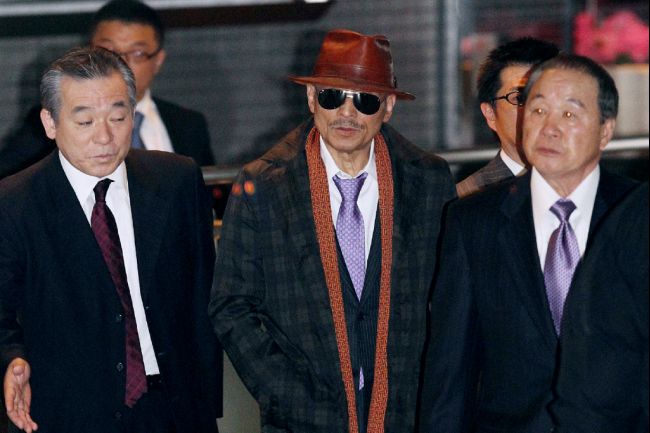
Yamaguchi-gumi is Japan’s largest yakuza syndicate. Recently, it has been the target of sanctions by the US government, in a crackdown on organized crime. American citizens are no longer allowed to make transactions with the leader, Kenichi Shinoda (who came in at number seven in our list of the world’s top crime bosses). Second in command Kiyoshi Takayama is also blacklisted, and the US government has frozen all of their American assets. The move follows laws in Japan aimed at severing the ties between yakuza and legitimate businesses.
Previous Japanese attempts to reduce the yakuza have included introducing fines for businesses that willingly associate with the gangsters. These efforts seem to be working—membership is at a 50-year low and part-timers have begun to outnumber full members. Shinoda has spoken out on the issue, saying that getting rid of the gangs would leave thousands of dangerous, dispossessed criminals: “If the Yamaguchi-gumi were to be disbanded, public order would deteriorate immediately.”
8Yakuza Relief Efforts

When the Japanese tsunami hit in 2011, the yakuza were among the first to head to the affected areas with aid. This is not without precedent—in 1995 when an earthquake hit Kobe, Japan’s fifth-largest city, the yakuza used scooters, boats, and a helicopter to deliver supplies around the clogged streets.
Some people say the yakuza help in times of need because they are made up of outcasts, and sympathize with people struggling to get by with no help from the authorities. Others are more cynical, suggesting the moves are about public relations. It’s harder for the police to get support for a yakuza crackdown following a great display of charity.
There are also potential financial gains to be had for the yakuza. A few months after the 2011 quake, yakuza organizations were vying for construction contracts from the government. The scale of the disaster and the repair work required made it almost impossible for police to keep yakuza out of the clean-up effort, especially since they often operate front companies indistinguishable from legitimate businesses. One contract that found its way into yakuza hands resulted in a jail term for the senior member behind it. He had been skimming funds and underpaying workers for profit, suggesting the gangs’ critics may have been onto something.
7Yakuza Magazine

Earlier this year, Yamaguchi-gumi distributed a newsletter to its almost 28,000 members. Named Yamaguchi-gumi Shinpo, the magazine included haikus and articles on angling. An editorial from the gang’s leader talks about difficult times for the organization. Yakuza numbers have been falling, and the magazine was seen as a way to boost morale.
The magazine came on the heels of a bloody turf war that left civilians dead. A yakuza expert suggests that, despite only sending the magazine to full members, they knew news of it would leak out. He argues that creating a cultured magazine was designed to project a sophisticated image, in order to distance the Yamaguchi-gumi from violence in the public consciousness.
6Yubitsume
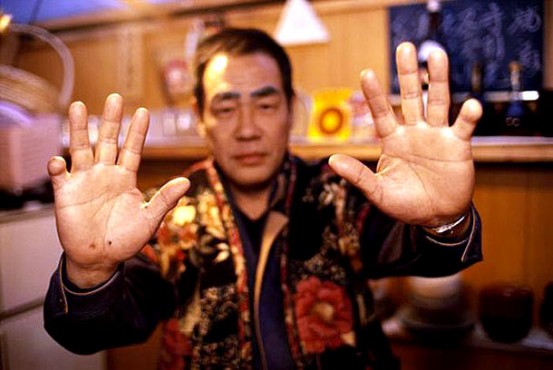
Yakuza members who do something they shouldn’t are forced to atone in a brutal way—by chopping off part of their own finger. They start with the tip of their pinkie, but further transgressions require further mutilation. This is known as yubitsume. As a result, many gang members are missing most or all of their left little finger, as well as some others.
This has led to a high demand for synthetic digits. People who leave the yakuza face stigma in other parts of society and their missing fingers are hard to hide. One skin expert from the UK, Professor Alan Roberts, exported enough lifelike prosthetics to earn the nickname “Mr. Fingers” from former Japanese gang members.
5Tattoos
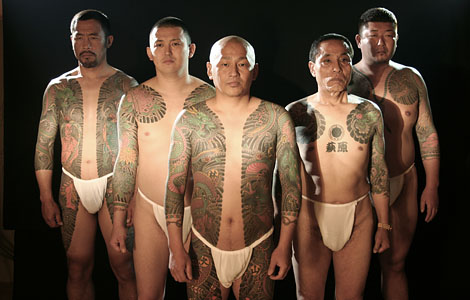
One of the most iconic images of the yakuza is their intricate, full-body tattoo art. These use a traditional method of manually inserting ink under the skin, known as irezumi. They are seen as a mark of a person’s bravery due to the pain the method inflicts. In recent years, the number of non-yakuza getting this style of tattoo has increased significantly. Popular designs include dragons, mountains, and women.
Despite this widening trend of tattoos among non-yakuza, they still carry a significant stigma in Japanese society. The mayor of Osaka instituted a ban on government workers with tattoos, telling them to either have their ink removed, or leave and find a job in the private sector.
4Suing The Yakuza (And The Yakuza Suing Back)

Earlier this year, a Japanese restaurant owner began the process of suing Kenichi Shinoda, the extremely dangerous head of Yamaguchi-gumi we mentioned earlier. She claims that Shinoda has “employer’s liability” for gangsters that demanded protection money and threatened to burn down her bar if she didn’t cough up. She is claiming damages of 17 million yen, around $2.8 million.
She is not the first person to sue the yakuza. In 2008, a group of residents sued to evict the Dojinkai gang from their headquarters in the city of Kurume. The group had split following an argument over leadership, leading to a violent war between the two sides. The residents argued they deserved to be able to live in peace, and so wanted the gangs gone from the city.
But the yakuza aren’t always on the receiving end of a lawsuit. At the start of this year, the Kudo-kai, a yakuza syndicate in the south of Japan, were labeled “dangerous” by law enforcement. They had been linked to a series of grenade attacks on rival gangs. Their lawyer argued the label infringed on the group unfairly (they were the only one of the area’s five gangs to receive it) and that it was a violation of the Japanese constitution.
3Exams
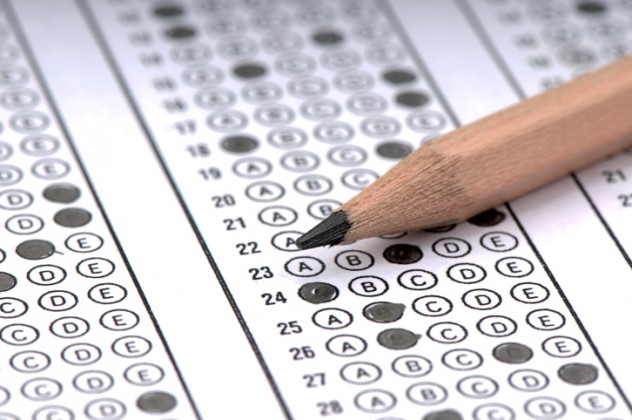
In 2009, the Yamaguchi-gumi created a 12-page exam for its members. The move came after the government passed harsher laws against organized crime. The test was the group’s attempt to keep its members from getting into trouble by making sure they were clued up on the law. It covered topics from dumping industrial waste to vehicle theft.
While the thought of tattooed gangsters sitting in an exam hall after a day of cramming may be little more than an amusing image for Westerners, the introduction of the test tells a story about Japan’s economy as a whole. The yakuza have long been a barometer of the Japanese economy. If the gangsters are finding times difficult, and doing what they can to minimize losses, then it means everyone else is in the same position.
2Initiation Ritual
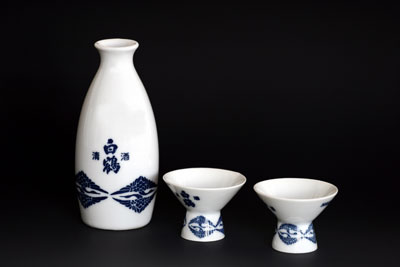
New recruits to a yakuza organization are required to take a subservient role to one of the more experienced members. This is called kobun, literally “child role.” Yakuza have a complex leadership structure, and there are many layers one must progress through to reach the top.
The initiation ritual for a new recruit is a ceremony based around sake, known as sakazukigoto. The initiate sits opposite his oyabun, or “father role,” while the drink is prepared by other members. The newcomer gets a smaller portion while his sponsor’s cup is filled to the brim, a reflection of their status. Each drinks from their own cup, before swapping and taking another drink, at which point the ceremony is complete. This represents the creation of what is almost an adoptive father–son bond between the kobun and oyabun.
Drinking of sake is a common ceremony to represent the creation of a bond in Japanese culture. Sake was seen as a bond between man and the gods, formed from the blessing of a good harvest, and this same bond could cement the relationship between people. Couples sip sake at their weddings to represent their coming together. This historical link gives the yakuza ceremony a religious significance, so it is often performed at a Japanese Shinto shrine.
1Yakuza In Politics

In 2012, Japan’s justice minister, Keishu Tanaka, was forced to resign his post when it came to light that he had links to yakuza. Yet having these links has not always been so damaging for Japanese politicians. The Liberal Democrat Party, which has ruled Japan for 54 of the last 58 years, has extensively documented links to the yakuza. The first LDP Prime Minister, Nobusuke Kishi, was heavily involved with Yamaguchi-gumi. In 1971, he, along with other politicians, provided bail for a Yamaguchi-gumi leader convicted of murder. He also attended yakuza funerals and weddings.
Yakuza members operate as campaign workers and bodyguards during elections. In addition, yakuza gangs are able to guarantee a certain number of votes for their favorite candidate. The chairman of a yakuza gang in Kyoto boasted he provided 30,000 votes to elect a particular governor. At least four other Prime Ministers have been linked to yakuza, most notably Noboru Takeshita, who came to power in 1987. Facing harassment from far-right opponents prior to the election, he turned to Tokyo’s largest yakuza group, Inagawa-kai. They made the problem go away, but it ultimately opened a can of worms that exposed just how comfortable Japan’s ruling elite were with organized crime.
Alan is an aspiring writer trying to kick-start his career with an awesome beard and an addiction to coffee. You can read some of his non-list writing at skepticalnumber.com or you can email him.








